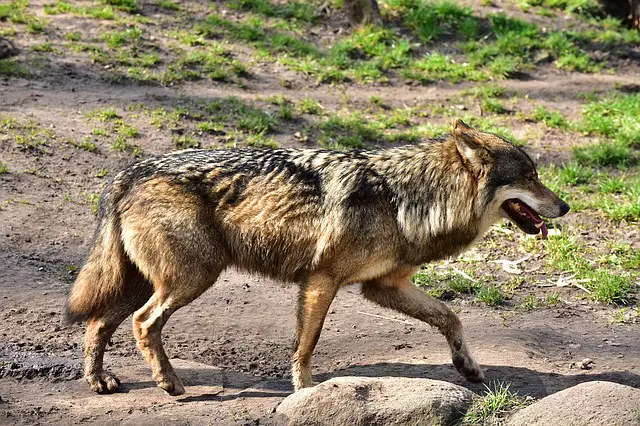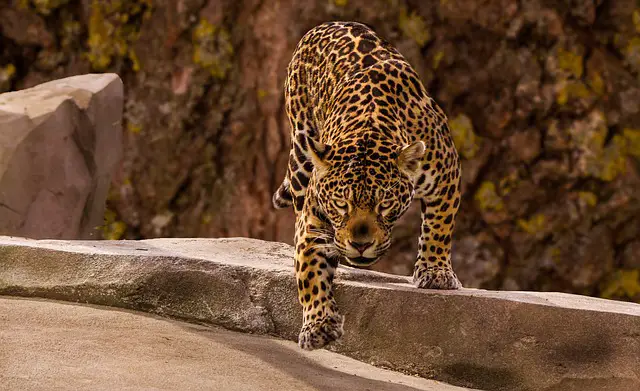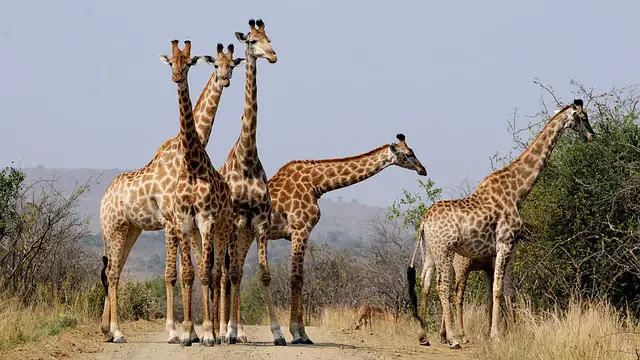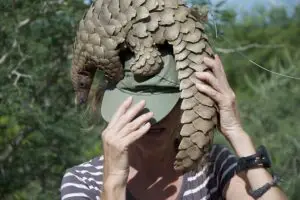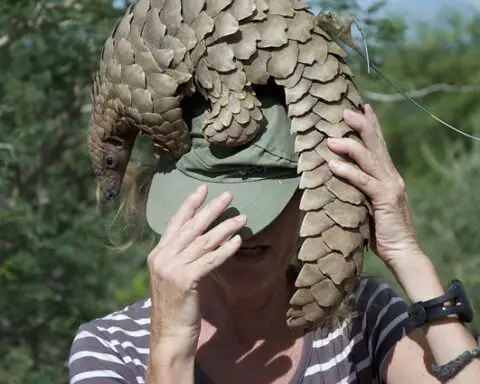Rhinoceroses can be described as odd-toed, ungulates. They are found in sub-Saharan Africa. Even with their massive, tank-like mass, rhinos are incredibly fast: They can travel at least 50 kilometers an hour (31 miles)
Top Speeds for Rhino Species
Indian and Sumatran rhinos can run at speeds up to 40km/h (25 MPH) or more. Two African rhinos are likely to run faster than the Indian and Sumatran rhinos. The white rhinoceros is the fastest of all modern rhinos and can sprint at 40-50 kilometers an hour (25-31 mph), while smaller black rhinos can reach 55 kilometers an hour (34 mph).
Rhino Locomotion
A rhino’s forward propulsion comes mainly from its hind legs. They run in a fast trot but can be sped up to a gallop or canter. Black rhinos aren’t endurance athletes but can cover more than a mile in territorial chases. The black rhino is especially well-known for its ability make tight turns mid-charge.
Motivations for running
Rhinos will fly from predators (especially African lions and Asian Tigers), but adults are less likely to be preyed upon than rhinos and can charge carnivores. Although dominant white and black rhino bulls will pursue subordinates, they often retreat from confrontation because fleeing exposes their hindquarters for a pursuer’s goring.

These animals are average speed
White Rhinoceros : 50 km/hr
Black Rhinoceros : 55 km/hr
Indian Rhinoceros : 55 km/hr…
These numbers are based upon Wikipedia’s results.
Look at Usain bolt’s record speed.
The record was 44.72km/hr. This was measured between meter 60-meter 80 during the 100 meter sprint at the World Championships Berlin held on 16 August 2009 by Usain bolt.
It is nearly impossible to beat this speed, and even to reach speeds above 50 km/hr.
You can also read: What is a normal running speed for a human?
We can conclude that it is almost impossible.
However, you still have to imagine the situation. You can imagine a situation in which the rhino must cross different terrains. The humans will have a good track. We can also reduce the speed of rhinos and increase our human speed by doing this.
“…the rhino was charging, head down, and horns pointed straight towards me. I kept clicking on the shutter. I’m not sure why but the rhino stopped about 20 meters from my camera. I was unable to get the rhino’s full head in the camera frame because it was so close. It stared at me, and then …”
This quote is from one of Theo Allofs’ 25-years-long adventures as a professional photograph. We’ll be done with the rhino charge in just a few seconds!
Theo has been published worldwide in newspapers and magazines such as Newsweek, The Smithsonian Magazine and Time Magazine. Because he believes in our efforts towards changing the negative dialog about the world, he has graciously offered his services to us at Ever Widening Circles.
The conservation of Rhinos is only one part of the natural world that he advocates for.
Image: Theo Allofs Elephants in Namibia’s White Sand
Namibia; Namib Desert. Skeleton Coast. Desert elephant breeding herd (Loxodonta Africana) walking on dry river bed.
I recently reached out to Theo and we had the most enjoyable telephone conversations. We both agreed that his work and experience proves that this is still an amazing universe (our EWC motto).
Theo will be leading us on numerous journeys throughout the year for our series of articles called Saturday’s Around the World. His incredible photography and stories will enable us all to discover wild places such Namibia, India, Bolivia and New Zealand.
Let’s now get back to that charging rhino! Here’s Theo…
I’ll try to keep this short… (I have so much to share with EWC readers about Saturdays Around the World articles.
This one took place in 1999 in Damaraland (north central Namibia).
Namibia is a country located on the Southwestern coast in Africa. Waves of the Atlantic ocean collide with huge stretches sand dunes extending hundreds of miles in the inland. Yet, the Namibia Desert boasts a diverse wildlife.
I was travelling with the Save the Rhino Trust to Namibia. It is one of the Trusts I trust.
Their tireless efforts and their unwavering dedication allowed us to still see many endangered black rhinos living in Namibia’s wild Northwest. They are saving rhinos.
They organized a black rhino count in 1999 and allowed me to take part. Four people were in the Land-cruiser with me: a British volunteer, me and, yes, two rhino poachers.
Image: The Rhino Trust is saved by ex-poachers
Theo Allofs
Let me be precise. These were ex-rhino poachers that the Save the Rhino Trust converted to rhino trackers. The Trust has had some success in Namibia convincing poachers of the fact that they can make more from tourism by saving rhinos than what they could sell rhino horn to Asian market (more on that later).
After 30 minutes of driving on a dangerous track, one ex-poacher spotted a rhino using his naked eyes.
Despite his pointer, I was unable to see the rhino with my binoculars. I was amazed. Finally, I finally saw a tiny spot underneath a small scrubby trees.
It was late afternoon and we began to walk towards the beast against the wind. My companion had to get close enough for me to see any markings on the rhino to identify it. Of course, I also had to get close enough for photographs.
He advised me to always hide behind a bush. I replied, “I cannot photograph behind a Bush!” He then said, “Don’t move if the Rhino gets up.” No worries, mate!”
So we kept moving. When we were about 300 meters from the rhino, it looked serenely asleep. Everything looked cool.
It suddenly got extremely hot and the wind started to shift directions. The rhino looked quickly alert to our presence. He was likely inhaling the soap we had used after our last shower.
My partner jumped behind a bush beside me when the beast leapt up. I sat down behind my tripod. Camera and 600 mm lens are ready for action! And action did come – fast. The rhino charged me straight in the face, head down, horns pointed towards my direction. My shutter clicked. The rhino stopped.
I looked at my partner, displaying a “What should you do?” expression on mine. He replied with hand signals: “Stay Put!”
So I stayed still. But the rhino didn’t move, and charged again straight towards me. The shutter clicked but I didn’t move.
The rhino stopped once more and was no further than 80-100m from my face. With another question mark on mine, I turned my head towards my guide. I just shrugged my shoulders this time.
I looked all around and didn’t see a single large rock or tree to protect me from rhino horn. Ironically, this was something I saw: I wanted as far as possible from a rhino horn that some cultures will go to any length to protect. Wow!
I had nowhere to hide so the rhino charged me again. What could I do to stop the rhino from charging at me again? Then, there’s nothing. I can’t outrun a rhino.

